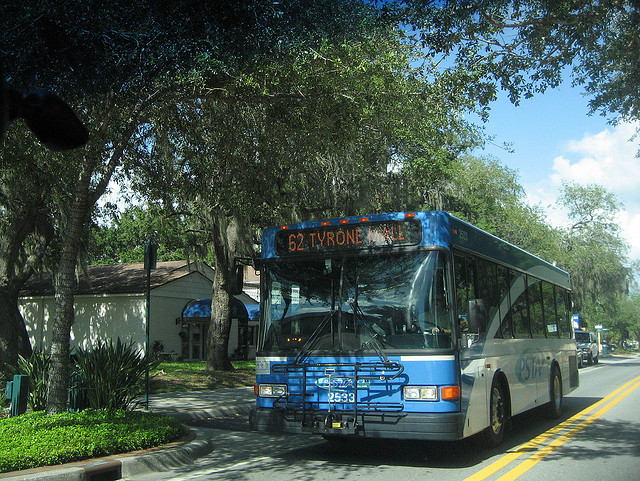Ever since Houston was recognized as one of the few urban areas whose transit ridership is still growing, thanks to a redesign of the region’s bus system, transit agencies around the country have been considering their own route reforms. Richmond implemented “the Great Richmond Reroute” a couple of weeks ago. New York City transit began planning a reroute in April. Washington Metro announced last week that it would spend $2.2 million studying its own rerouting.
A lot of the ideas behind rerouting bus systems come from Portland transit consultant Jarrett Walker. Walker’s basic ideas are sound: change from a hub-and-spoke to a grid system; increase frequencies; and reduce the number of stops. The goal is to create a system where people can get from any point in the city or region to any other point by a fairly direct route with minimal wait times and at most one transfer.
Bus routes in many cities today aren’t much different than they were when public agencies took over private transit service some 50 years ago, and they weren’t that much different then than the streetcar routes that buses had replaced, usually several decades before that. Agencies have been afraid to change their route structures because they know that any new reroute is going to make some people upset (as Walker says, “Beautiful people will come to you with their elderly parents and their babies and say the redesign will ruin their lives”) with no guarantee that it will attract enough new riders to offset those who quit riding because the old routes served their needs the best. Continue reading








